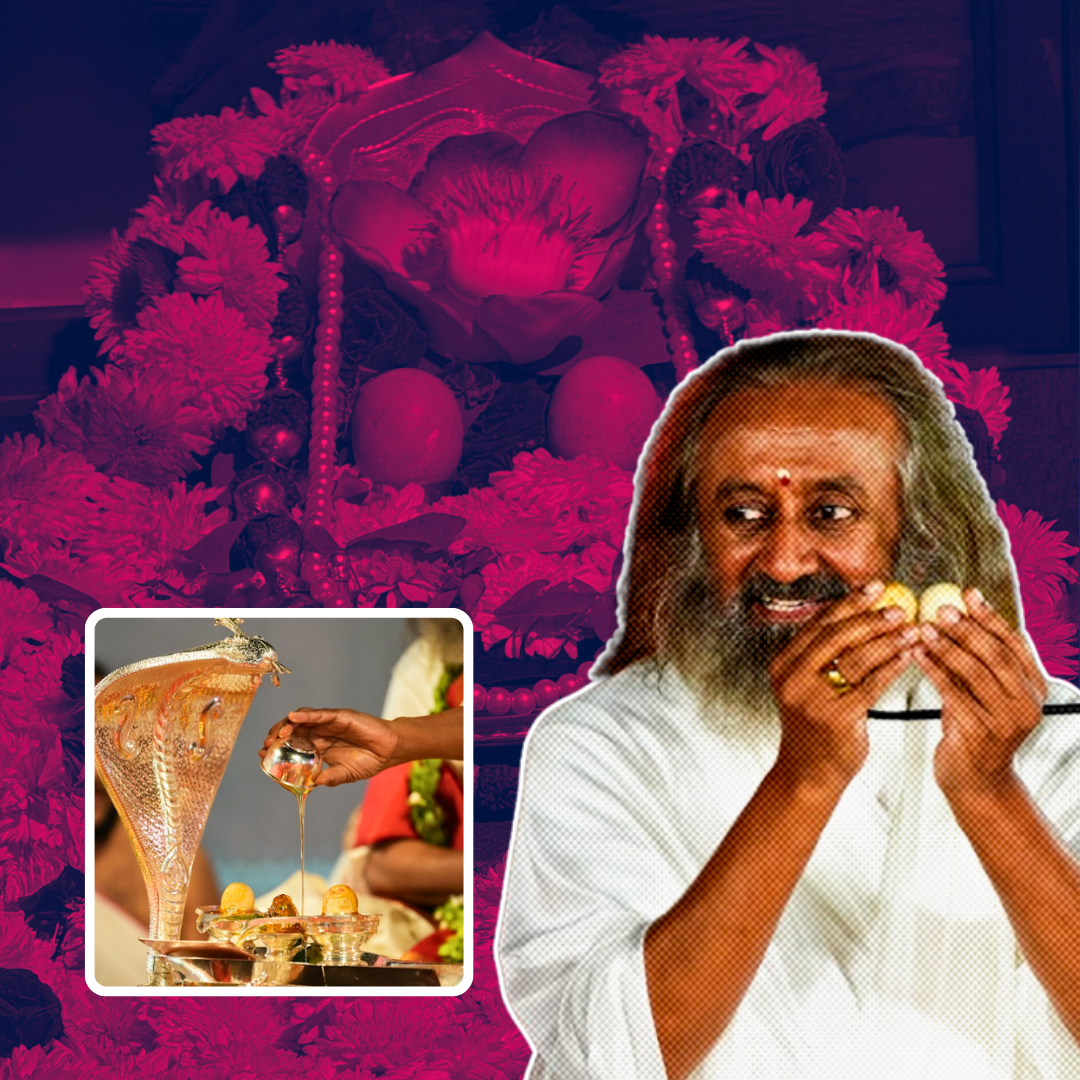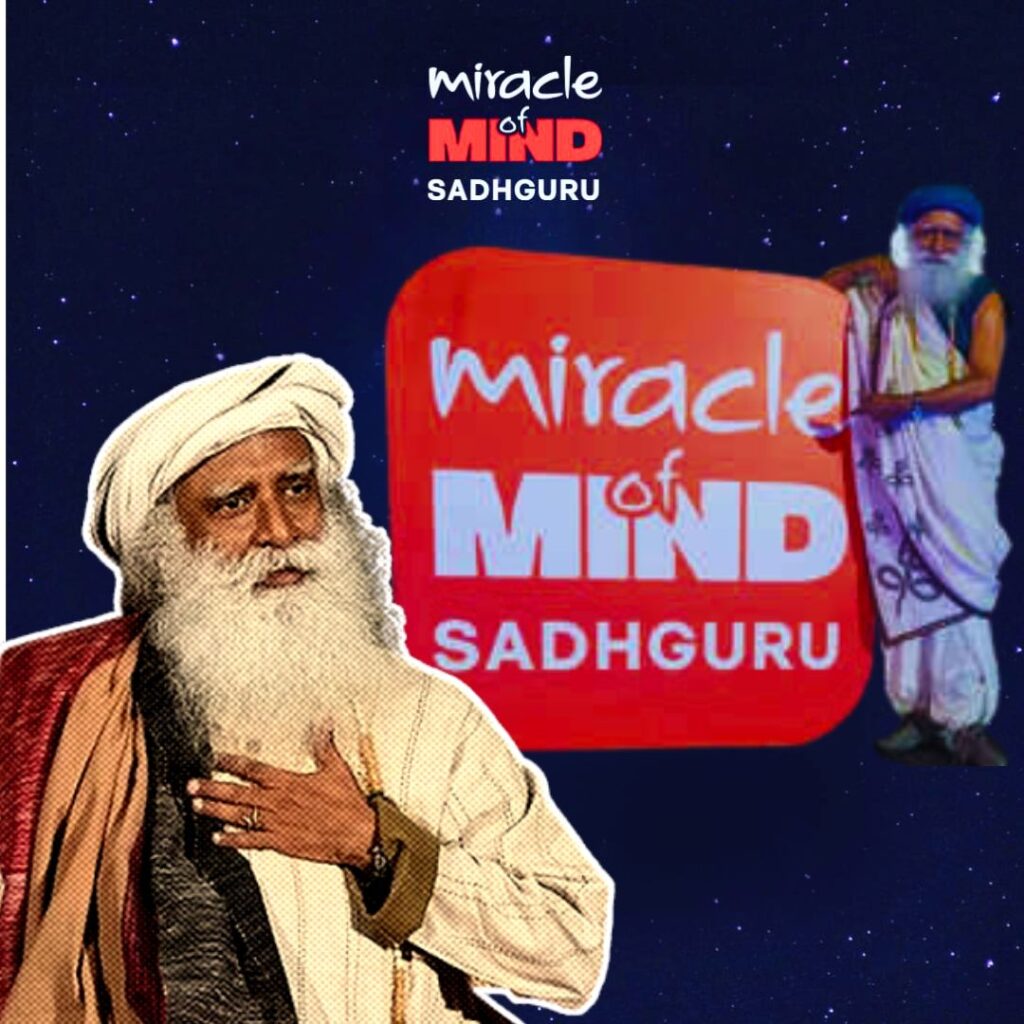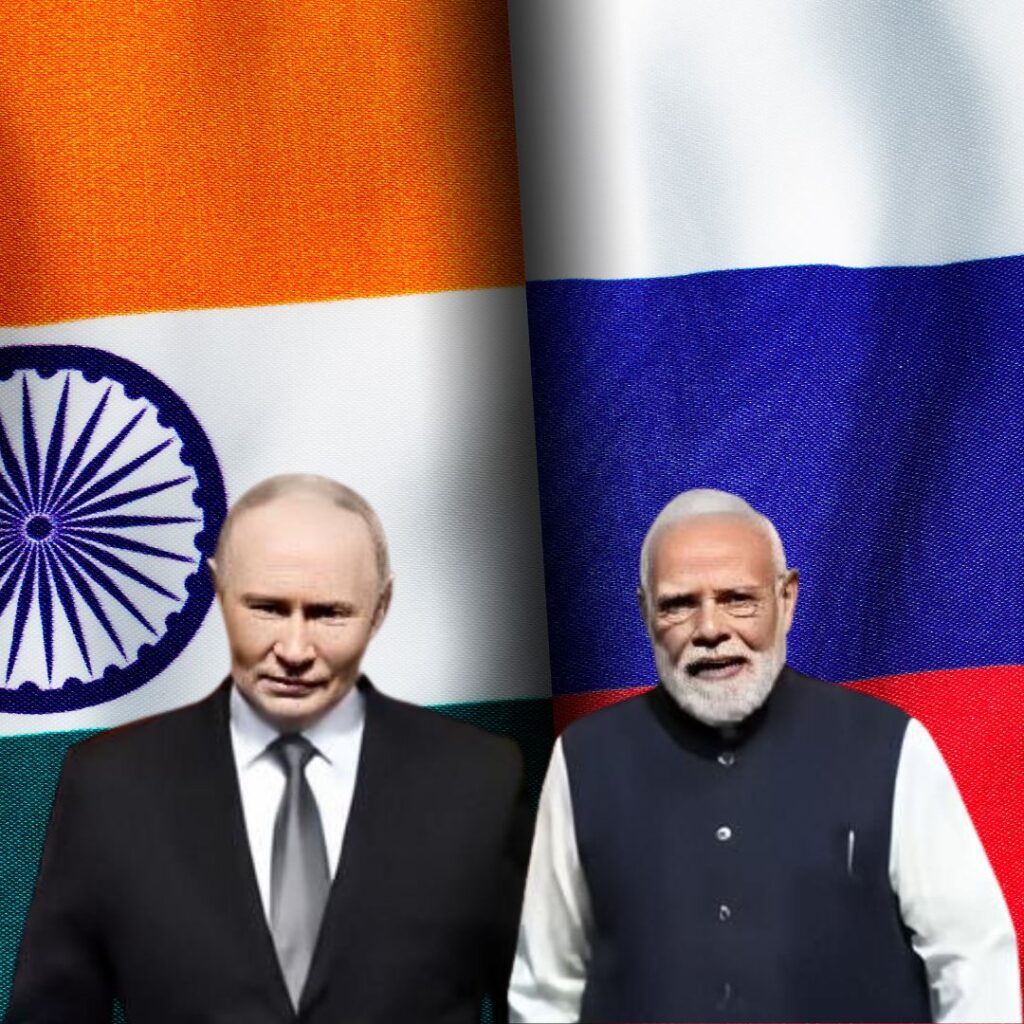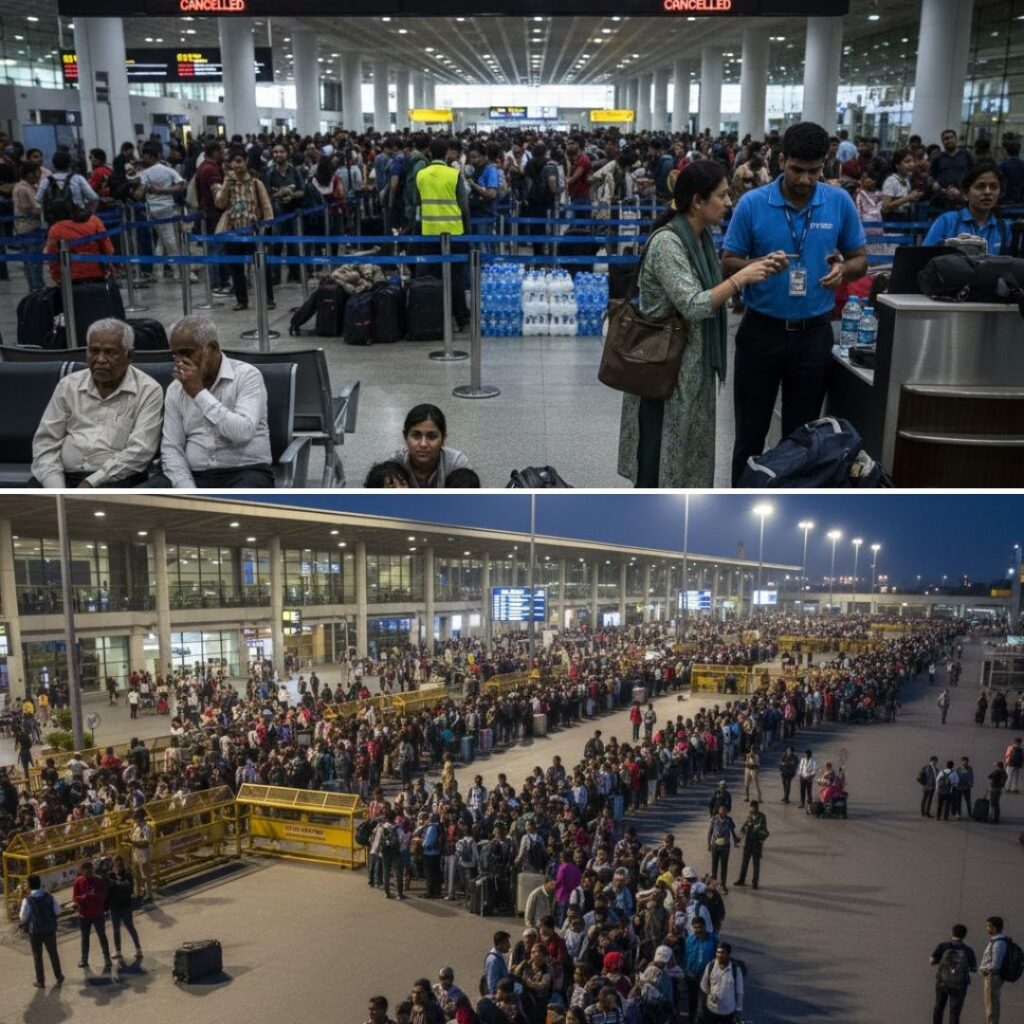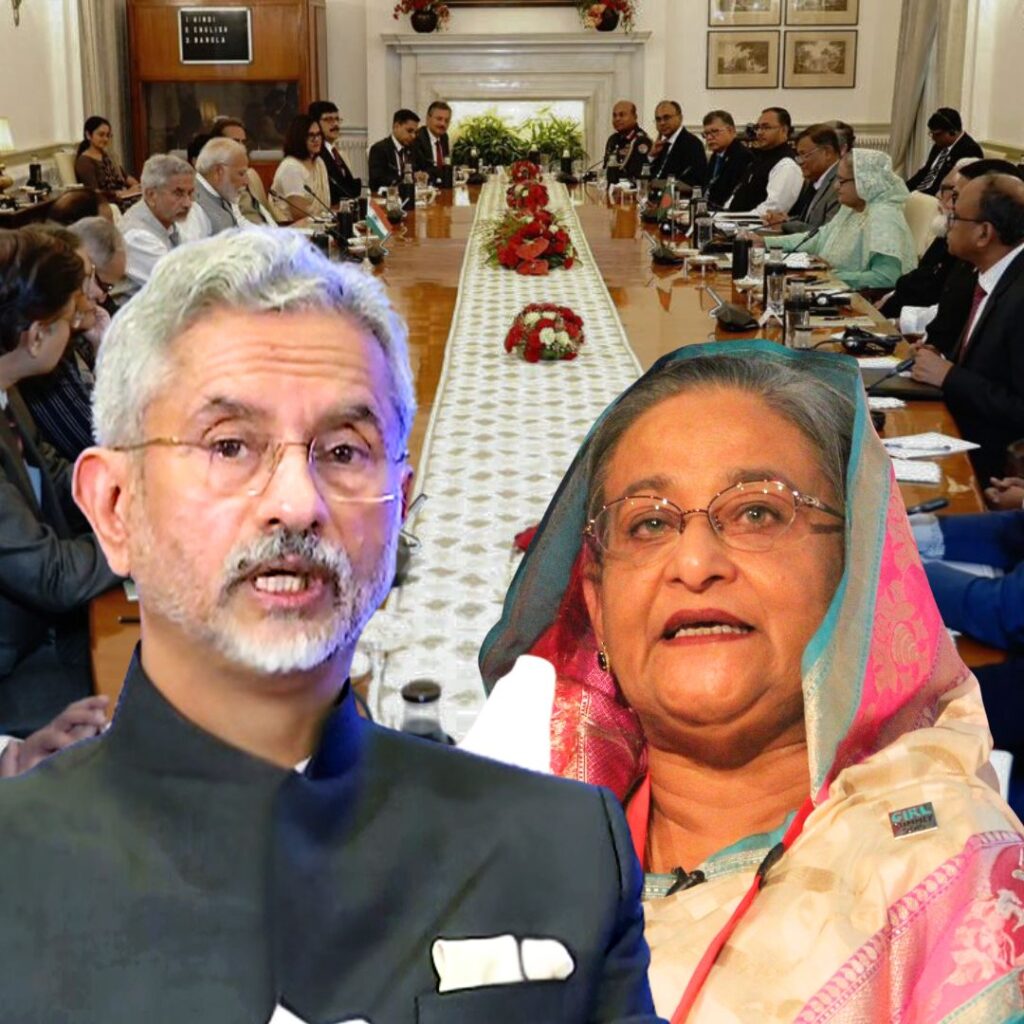A sacred treasure and key symbol of India’s spiritual heritage is returning home. Long believed to be lost forever, the original Somnath Shiva Lingam—destroyed in 1026 CE by Mahmud of Ghazni—has been rediscovered, astonishingly well-preserved in secrecy for nearly a thousand years.
In a moment of spiritual and civilizational revival, these divine fragments have now been placed for public darshan, restoring a long-lost connection to India’s spiritual roots and bringing pride to millions.
The Lingam’s guardians, descended from the devout Agnihotri Brahmin lineage, have preserved these fragments through generations. In a historic spiritual gesture, they have entrusted Gurudev Sri Sri Ravi Shankar to guide this sacred reawakening and ensure the relics are made accessible to the public with sanctity and reverence.

A Legacy Preserved in Secrecy
The Somnath temple, the first among the twelve Jyotirlingas described in the Skanda Purana (Prabhasa Khanda), has stood as a symbol of resilience and devotion since ancient times. It is here that Chandra Dev—the Moon God—is said to have worshipped Lord Shiva to be relieved of his waning curse. The temple has been repeatedly attacked and rebuilt, reflecting the unbroken continuity of India’s spiritual traditions.
Its most devastating desecration came in 1026 CE when Mahmud of Ghazni destroyed the Lingam—then said to float three feet above the ground, worshipped by millions. Yet, while the structure was razed, faith endured. The fragments of the original Shiva Lingam were rescued by devotees and sages, passing silently through centuries.
Among them were revered saints like Swami Pranavananda and Swami Sivananda, who safeguarded the relics before they came under the protection of the late scholar Sitaram Shastri’s family. In a meeting with Kanchi Shankaracharya Chandrasekharendra Saraswati, blessings were received to one day return the fragments to Gujarat. He reportedly said, “It will take 100 years before the idol can be consecrated—take it now and keep it safely.”
Recent guidance from Vijayendra Saraswati Ji reignited the journey: “Take them to Gurudev in Bengaluru and tell him the story. He will guide the consecration.” This pivotal moment initiated the sacred plan now unfolding.
The Visionary Leading the Revival: Gurudev Sri Sri Ravi Shankar
At the helm of this historic mission is Gurudev Sri Sri Ravi Shankar—a globally revered spiritual leader who has transformed the spiritual landscape of India. His vision is to bring a smile to every face through inner peace, service, and cultural revival. Gurudev has brought practices like yoga, meditation, and spiritual inquiry to over 180 countries, while actively reviving ancient Indian culture and wisdom.
Speaking about the Shiva Lingam’s return, Gurudev said: “This moment is not just about restoring a sacred relic—it is about restoring our collective memory. We are reconnecting with a part of our heritage that reminds us of the resilience of our faith and culture.”

The Sacred Plan: Public Darshan at the Gurukul
In alignment with the vision of inclusivity and national spiritual resurgence, the sacred Lingam fragments are now open for public darshan at the Gurukul located inside The Art of Living International Center in Bengaluru. This revered space, modeled on India’s ancient Vedic traditions, offers devotees an opportunity to have darshan of the sacred relics in a spiritually charged environment.
At the recent Kumbh Mela, saints and spiritual leaders, including the Kanchi Shankaracharya, affirmed the importance of making this divine moment accessible to all. The display of these fragments for public darshan is a way for millions to reconnect with what was once thought lost to history—and a powerful act of cultural restoration.
These relics may also be taken on a symbolic spiritual journey across Bharat, connecting the nation with its sacred geography before returning to the Gurukul, where they will remain accessible to the public.
Cosmic and Cultural Significance
Somnath’s legend is deeply entwined with Chandra—the Moon God—who worshipped Shiva here to regain his brilliance. Shiva, the stillness amidst cosmic turbulence, holds the crescent Moon upon his head, symbolizing control over the restless mind and mastery over the intellect.
The rediscovered Lingam, believed by some to be of non-terrestrial origin, resonates with that ancient power. A 2007 geological study found that the Lingam fragments emitted a strong magnetic field from their center—despite having unusually low iron content and no parallels in known stone databases.
Gurudev remarked: “When you hold it in your hands, you see it exudes a magnetic quality.”

A Spiritual Homecoming
This is not merely the return of a sacred relic—it is the revival of India’s spiritual spirit and civilizational soul, guided by one of the most transformative spiritual voices of our time. This moment is a collective reawakening—a chance for India to not only reclaim a lost spiritual symbol but to deepen its roots in timeless wisdom and offer it once more to the world.
The Logical Indian’s Perspective
The Logical Indian welcomes the return of the Somnath Shiva Lingam fragments as a profound moment in our nation’s ongoing journey of healing and rediscovery. While the story is steeped in legend and faith, it also serves as a reminder of India’s enduring spirit of resilience in the face of adversity.
We believe that such events should inspire not only reverence for our shared heritage, but also a renewed commitment to peace, empathy, and harmonious coexistence among all communities. Let us use this moment to bridge divides, foster dialogue, and celebrate the diversity that makes our country unique.
As we reflect on the spiritual and cultural significance of this homecoming, how can we ensure that our reverence for history also translates into kindness, understanding, and unity in our daily lives?
About the Author
This article was written by Ruchira Roy Chowdhury, a health and wellness writer, meditation teacher, Ayurveda practitioner, and Art of Living volunteer.
Disclaimer: The opinions expressed in this article are those of the author and do not necessarily reflect the views of The Logical Indian.


